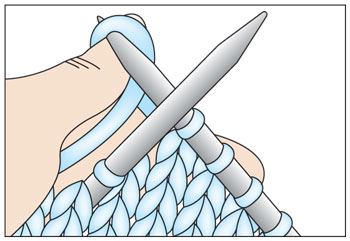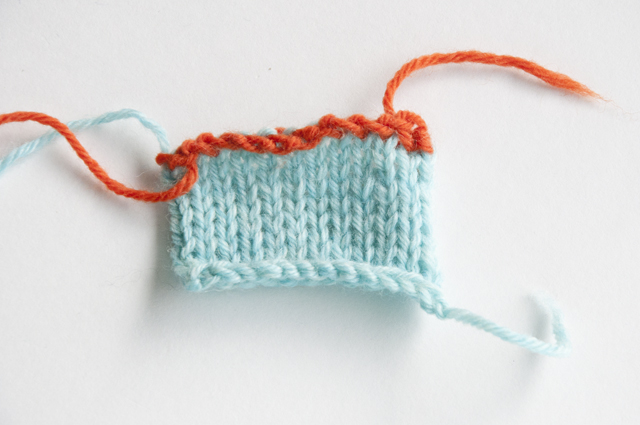
Join to work in the round and place a marker at centre of underarm, in the middle of the cast on or picked up sts. (It’s really that easy) Keep making backwards loops and adding them to the needle until you’ve got as many cast-on stitches as you need. Form a backwards loop with your yarn, and slide the loop onto the needle. Let’s see how it works: Knit along, until you’re ready to start your increase. For this cast-on you will need a bit of a tail and then you will need to make. Making a baby sweater, and need to start knitting sleeves The backwards loop cast on is for you.
Backwards loop cast on how to#
With right sides facing work the 36- 40- 44- 48- 48- 52 sts from waste yarn onto larger DPN’s and then either cast on 6- 6- 6- 6- 8- 8- sts from underarm, or pick these up from underarm of body= 42- 46- 50-54-56- 60 sts. Transcript So now Im going to show you how to do the backwards loop cast-on. And, once you get the concept, what cast on should you use? The pattern just states, “cast on.” For someone who has not done this before, this may be hard to imagine. Tubular Cast-On / Kaksinkertainen aloitus 1, 2 Knobby Estonian Cast-On 1 Knitted Cast-On / Neuloen luominen 1, 2 Backwards Loop Cast-On / Silmuillen.


It is also a great way of adding stitches. Although it is loose and somewhat unsubstantial, its construction allows you to easily cast on stitches within a row. The backward loop cast-on is a very good technique to use when you want a stretchy edge, for instance a hat or a sock. I like to knit sweaters in the round (no seams), so I have seen different written directions for this in many patterns.įor example, below are the directions for the cast on written in my current pattern. The backward loop cast on is perfect for buttonholes, thumb gussets or any time stitches must be cast on within a garment. The timing was interesting I am at the point of casting on stitches for an underarm on my current project. Consistency in the loops is difficult to maintain, but it is by far the easiest cast on to master, especially for young children learning to knit. Any cast on stitch, in its most elemental form is a Yarn Over which, with a twist, becomes either the Backwards Loop or E-loop Cast On. This cast on can become very loose if the needles are pulled too far apart during the first row of knitting.
Backwards loop cast on tv#
Videos you watch may be added to the TVs watch history and influence TV recommendations. There are pros and cons to the backwards loop cast on. If playback doesnt begin shortly, try restarting your device. With this method you just scoop the yarn from behind with your thumb, loop it around and put the resultant stitch on your needle. We usually cast on to begin a project, not in the middle of one. Learn one of the most basic of all cast-ons, the Backwards loop. Our customer found the directions to be a bit confusing. Wrap the yarn around your. I particularly like using this cast on for friends and family members that tend to wear out the toe portion of the socks.

In this video, knitting expert Mary Beth Temple demonstrates how to work the backwards loop (also known as the Cursive E) cast on. In this case, the backwards loop cast on works wonderfully for creating a firm and sturdy cast on edge. There are a variety of ways to cast on for your knitting project. Last week, I fielded a question regarding casting on stitches for an underarm on a top-down sweater. Step-by-Step written instructions with pictures: Set-up: make a slip knot close to the end of your yarn and put it on your needle tip. Although there are several ways to get toe-up socks started, one can never have too many techniques to choose from.


 0 kommentar(er)
0 kommentar(er)
